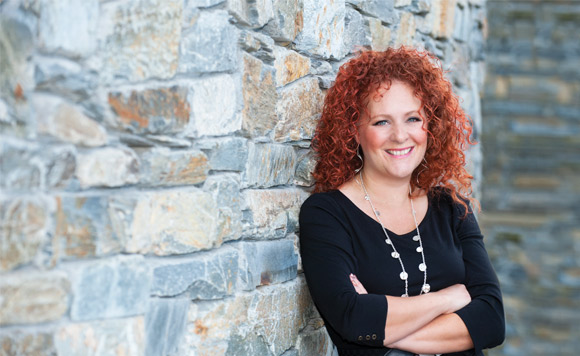by Annilee Armstrong, Red’s Chair –
Hair colouring has come a long way since its inception in 1907. With new technology and techniques available all the time, we have to keep up on it.
With social media and misinformation, it’s no wonder we have trouble communicating what we’re looking for from our stylist! I often get asked what the hardest part of my job is. I never hesitate with my answer: communication. Here’s a list of what some of the most common hair colouring terms actually mean, so you can be sure you’re communicating well!
Balayage. This is the one that gets asked for and mispronounced the most! It’s pronounced “ball-eee-aahhge.” It is a French colouring technique developed in the 1970s. Balayage is a freehand technique where the colour is applied by hand rather than using foils, or a cap.
This is a process that takes time to apply and due to this it generally costs more than other techniques.
Ombré. This is similar to balayage, but is focused on the lower half of the hair only. It is a two-tone technique; the two colours are blended together in the middle to create a diffused line.
Highlights and Lowlights. Highlighting means to brighten things up; lowlighting means to darken. Full placement means all over the head, and partial is just placed around the face, and through the top. Since highlights remove pigment from the hair, it’s lighter until you colour over it. Either one creates a good amount of contrast, depending on the shade chosen. Choosing a similar shade to what you already have gives your hair an all-over lighter shade, while choosing a lighter colour will give your hair a blonder look all over.
Root Touch-Up. This is done on just the regrowth area, the new growth, closest to the scalp.
On average, our hair grows approximately a half-inch per month; that is what we retouch.
Semi Permanent Colour (aka “fashion shades”). This is temporary hair colour. Those bright fashion shades are considered semi-permanent, or temporary. While fun, they aren’t made to last longer than a few washes.
Demi Permanent Colour. Depending on how often you wash your hair, it’s designed to fade out with each shampoo. This will only blend grey hair, not fully cover it. It’s a great option for those who want to try out colour without committing! It’s also a great option for those who don’t want to deal with a regrowth line.
Permanent Colour. This one is meant to last! Your stylist will need to use permanent to cover grey hair, and for a longer-lasting option to a demi-permanent.
Colour Correction. Oy. Sometimes it seems convenient to reach for that box of colour from the drug store, but often, it’s not. Sometimes it doesn’t go your way. Then we get a panicked call asking if we can fix it. This is a colour correction! When “box colour” is mixed with professional colour, we get unpredictable results. Due to the nature of the different chemicals, it’s a lengthy process to attempt to remove it, or colour over it. It doesn’t always go our way! This process will be lengthy, pricey, and always avoidable.
That should clear up a few grey areas in hairdresser terms (see what I did there?).




